The mystery of the missing mini-galaxies
They’re one of the great undetected predictions of dark matter, and we may have just found the first ones!
“Two qualities are indispensable: first, an intellect that, even in the darkest hour, retains some glimmerings of the inner light which leads to truth; and second, the courage to follow this faint light wherever it may lead.” -Carl von Clausewitz
On the largest scales in the Universe, there’s nothing that can compete with dark matter. From correctly predicting the pattern of imperfections in the cosmic microwave background,
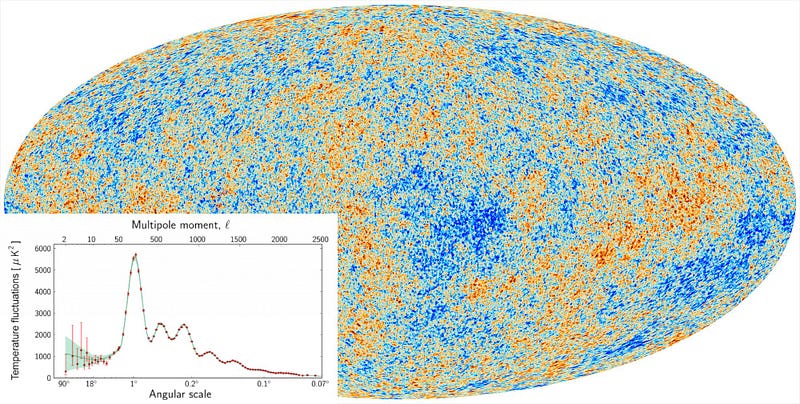
to explaining the observed patterns of galaxies in groups, clusters, superclusters, along filaments and in voids,
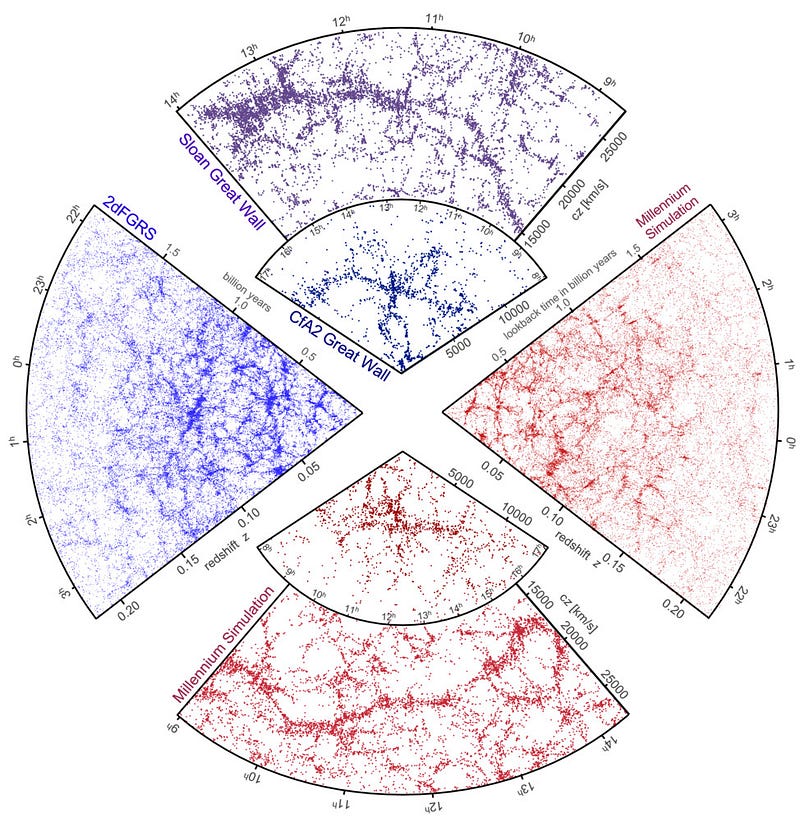
to making sense of the observed phenomena of weak and strong gravitational lensing on cosmic scales,
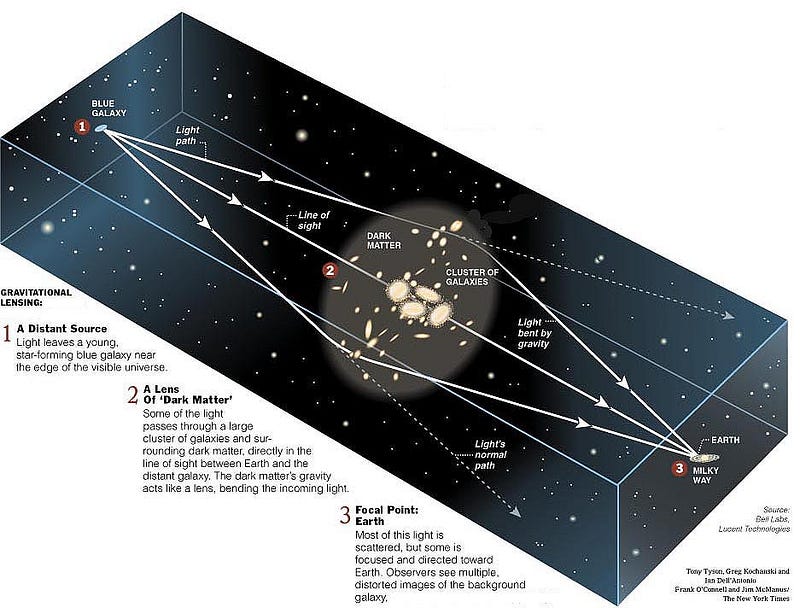
there’s simply no other explanation that works for all of these, including any modification of the laws of gravity that we’ve been able to think up. But for all its successes, there’s one realm where dark matter’s predictions have struggled to match up with prediction: on the smallest cosmic scales. Because of the way gravitation works, it’s (relatively) easy to predict what gravitational structures are going to look like on scales of around 100 million light years and up, but harder to predict what’s going to happen on scales of just a few million light-years and below.
So we create simulations based on the best laws of physics (and the best estimates for dark matter’s properties) that we know, and see what they tell us.
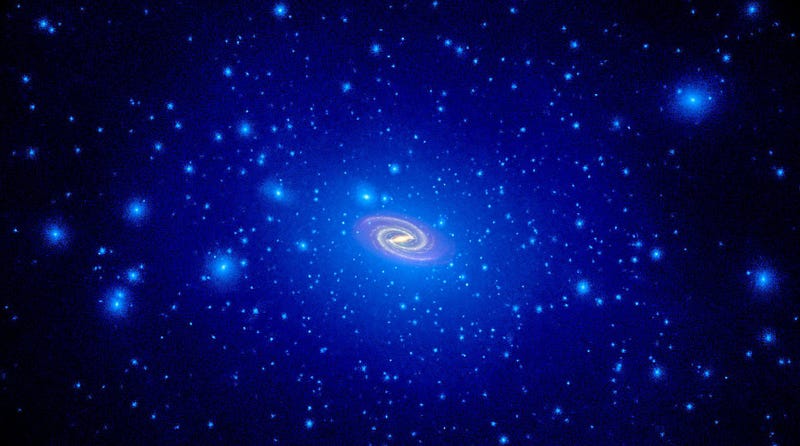
When it comes to individual galaxies, we expect there to be a large, diffuse halo of dark matter around each one, something formed over time from gravitational mergers and very slow collapse. It’s only because of the combination of facts that we have normal matter that clumps together and that the Universe is expanding that allows these dark matter structures to form at all. These halos make spiral galaxies revolve not like the planets do under Kepler’s Laws, where the outer planets move at speeds that are slower than the inner ones, but where the outer portions of the spiral rotate just as rapidly as the inner ones.
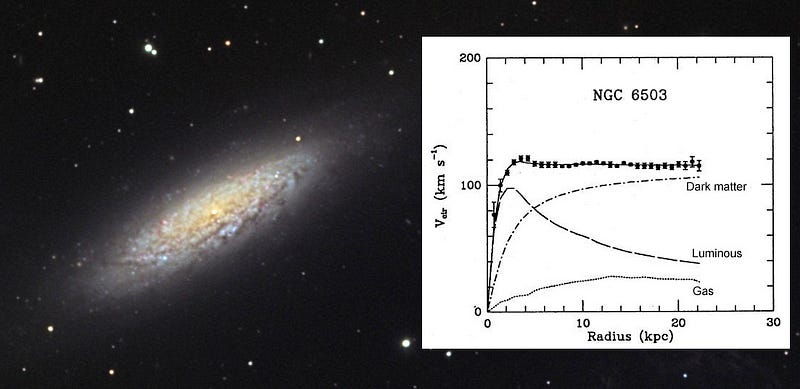
This is observed and in good (but not perfect) agreement with what is predicted, so this can be considered a marginal success for dark matter. But there are even worse problems on the smallest scales of all. You see, when we run our simulations, we also anticipate that there will be even smaller dark matter-dominated structures of just a few million (or even as small as a few hundred thousand) solar masses, much smaller than even the smallest dwarf galaxies that had been observed.
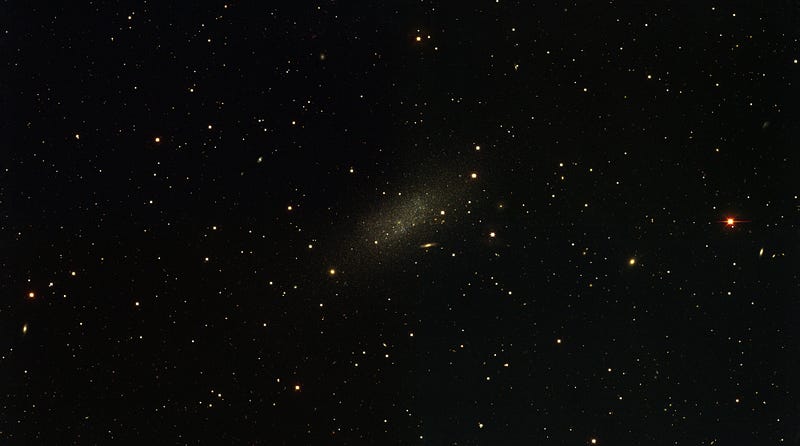
We would expect them to occur in two locations:
- In significantly large numbers orbiting larger spiral and elliptical galaxies, including (presumably) our own, and
- In modest numbers in the voids of deep space, where no large galaxies exist at all.
For a long time, neither one of these locations seemed to house these mini-galaxies at all, but there was a possible way out.

You see, when you have more mass together in a region of space, you create a larger gravitational potential well: a place where it becomes very difficult for even particles with a substantial amount of kinetic energy to escape from. For a particle located about where we are in the Milky Way, it would have to move at nearly 1% the speed of light to escape our galaxy. Our Milky Way may be huge (and we may be a whopping 25,000 light-years from the galactic center), but the mass of nearly a trillion Suns adds up very quickly. However, in a much lower-mass region, speeds as small as 0.1% or even 0.01% the speed of light (which is only as fast as Earth’s orbit around the Sun) might be sufficient.
So what would happen, in theory, in one of these low-mass structures that was around (or just under) a million times the mass of our Sun in total?
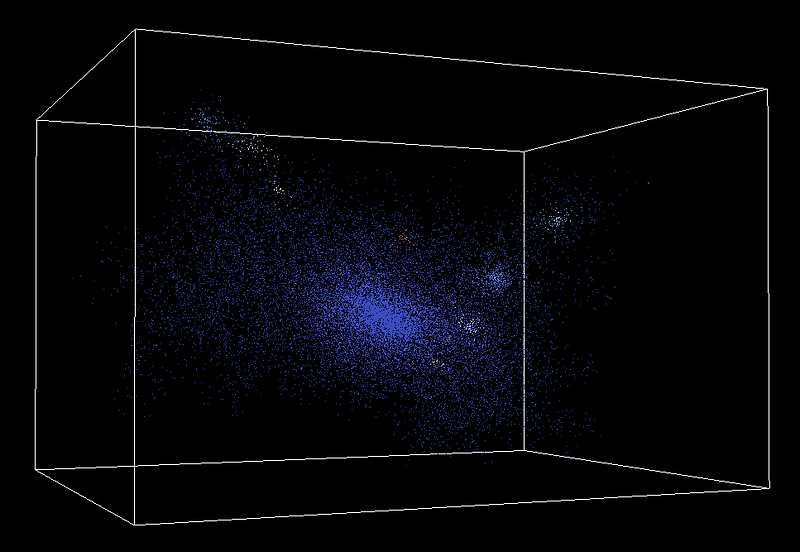
The way structures form is through gravitational contraction, and one of the great things we see throughout the Universe is that no matter what size structure we look at, the ratio of dark matter to normal matter appears to be the same: about five-to-one. Or, I should say, it starts out that way. The big difference, remember, is that normal matter interacts with itself and with photons through the electromagnetic force, while dark matter doesn’t. On large (Milky Way-sized and up) scales, the normal matter clumps together, since when it begins to collapse it sticks together and experiences inelastic collisions. Dark matter, on the other hand, passes right through everything else (including other dark matter), interacting only through the gravitational force.
What this means is that on these large scales, normal matter forms rich regions of gas, dust, stars, planets and more: very dense clumps, while dark matter remains in a much larger, more diffuse halo surrounding it all.

Now, that’s the larger scales. On the smaller scales, the same thing begins to happen, where the normal matter begins to collide inelastically and sink to the center of this clump, while the dark matter remains in a large, diffuse halo. But all that changes when the normal matter collapses to a dense enough, hot enough stage to begin forming stars.
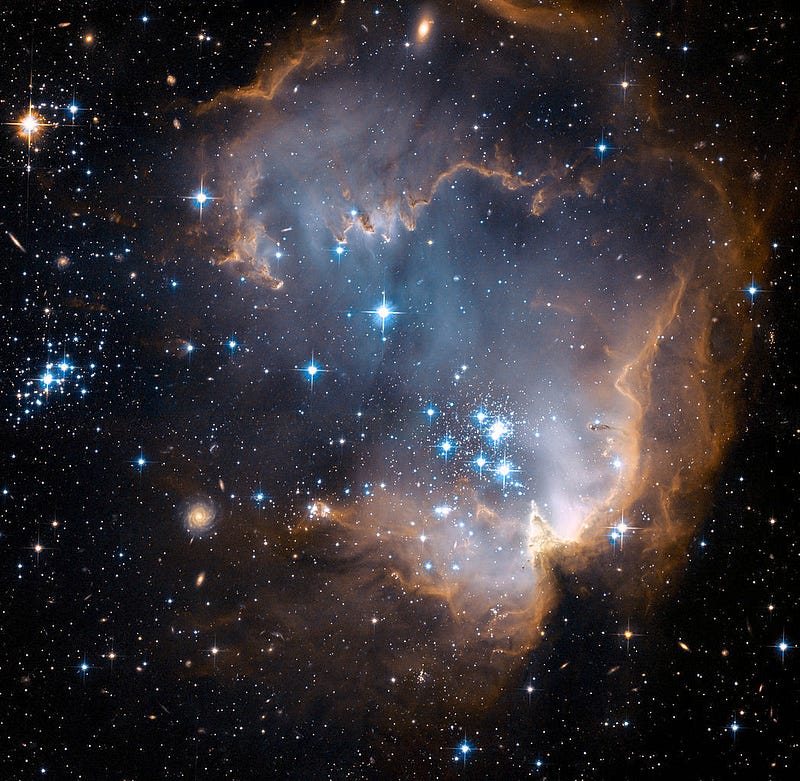
Because once you form stars, you’re creating an incredible source of energetic radiation, and — as we know from examining a myriad of star-forming regions — the nearby gas receives a tremendous amount of kinetic energy. Normally, in a large galaxy, this will simply kick that gas out into the interstellar medium. But if you’ve got a tiny galaxy, that is, one with a very small/shallow gravitational potential well, that gas that doesn’t form that first wave of stars can get kicked out of the galaxy altogether!
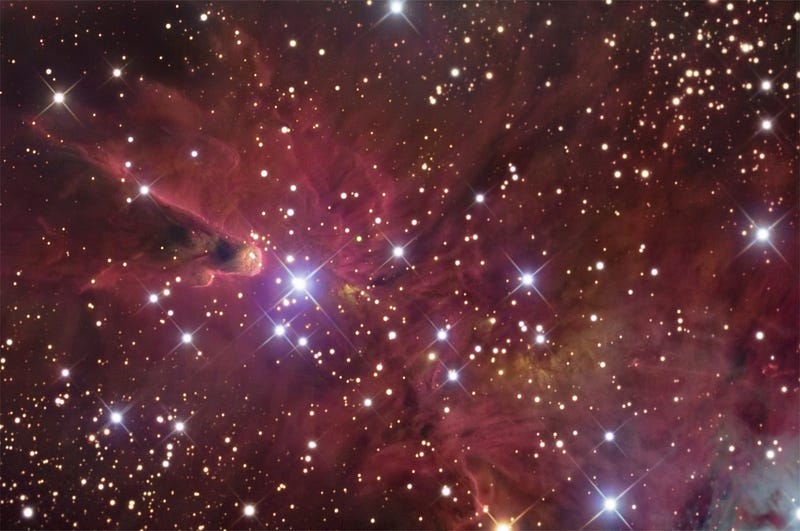
And what this leaves you with is a massive object — remember, there are at least hundreds of thousands (and in most cases millions) of solar masses worth of dark matter — but with very few stars and very little normal matter inside. This is one of the great challenges for dark matter models: not only are these small galaxies with very few stars predicted, simulations tell us that they ought to exist in tremendous abundance. And as far as where they should be found, the answer is both clustered around large galaxies in huge numbers (like, our Milky Way should probably have hundreds) and also that they ought to exist in intergalactic space, forming in regions where the density of matter is far too low to form large galaxies.
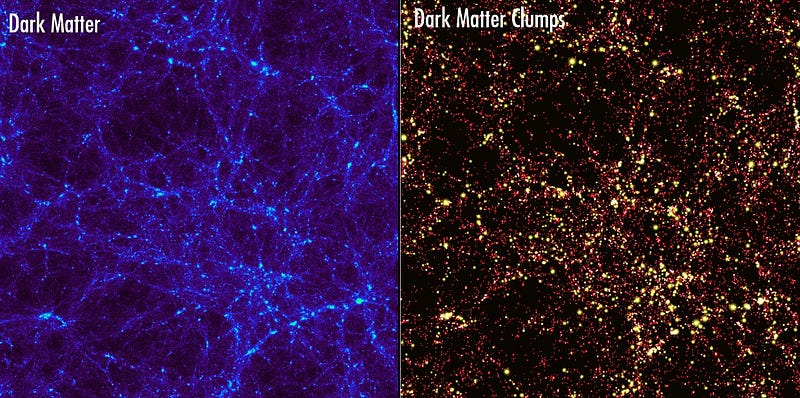
For a long time, the smallest dwarf galaxies that we knew of were hundreds or even thousands of times more massive and rich-in-stars than these tiny structures were predicted to be. But it was also theorized that, perhaps, these objects really were there, and we simply didn’t know how to find them.
That all began to change back in 2011.
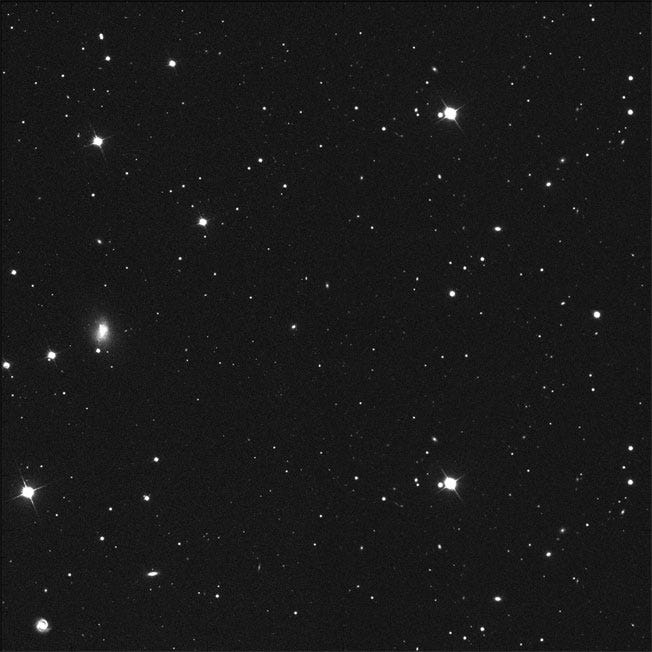
For the first time, the Keck Telescope’s Deep Extragalactic Imaging Multi-Object Spectrograph (DEIMOS) instrument was able to image a region of sky and determine — through a combination of photometry (looking at the color gradients) and spectroscopy (looking at emission/absorption lines) — how distant each star is and how quickly each one is moving. What it found, remarkably, is that a number of stars in some fields were all equidistant from us, and that they also had an incredibly narrow range of velocities.
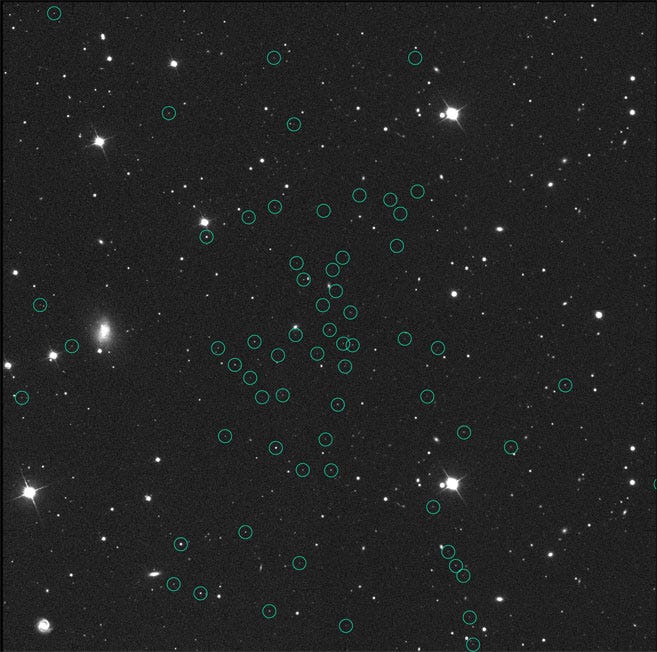
The narrow range of velocities are important, because that tells us that this is one gravitationally bound object, and it allows us to infer what the total mass of such an object has to be. When we consider that there are only about 1,000 stars in the smallest objects we’ve found around the Milky Way, and look at the fact that the range of velocities is around 30 km/s, that tells us that there must be about 600,000 solar masses in there, making these mini-galaxies — Segue 1, 2 and 3 — the smallest galaxies ever found in the Universe. (Although Segue 3 may yet turn out to be a globular cluster.)

But the discovery of these galaxies also gave us hope that the most glaring small-scale failure of dark matter, the missing mini-galaxies, might actually have a solution. All we’d need to discover, then, would be the theorized tiny dwarf galaxies missing in intergalactic space.
Well, a new type of telescope was recently developed, the Dragonfly Telephoto Array, that uses eight telephoto lenses that can suppress internally scattered light to an unprecedented degree thanks to special coatings on them. This makes them ideal for detecting low-surface-brightness galaxies, the kinds of galaxies we were unable to detect before. Well, their inaugural observation was of one of the most commonly imaged deep-sky objects: Messier 101.
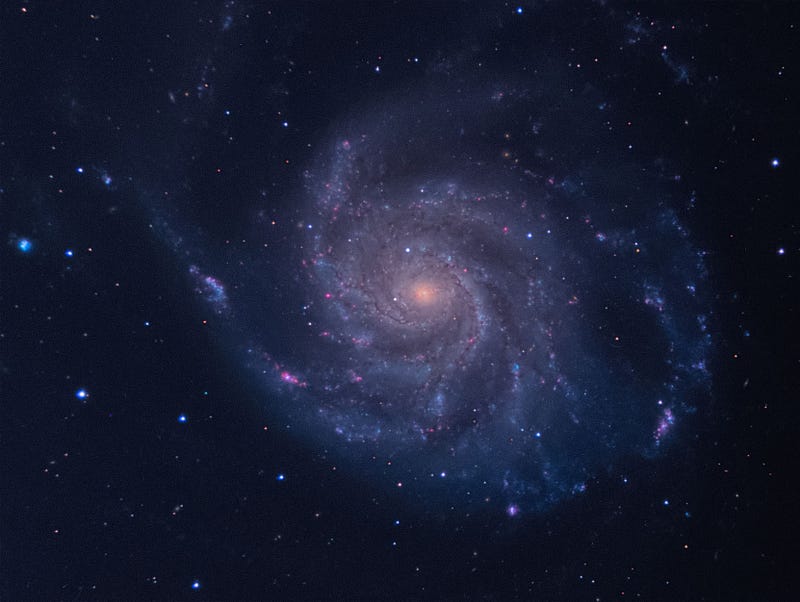
Built by Pieter van Dokkum and Roberto Abraham, this telescope imaged M101 and found something quite unexpected in its very first attempt: seven previously undetected faint, low-surface-brightness dwarf galaxies on the outskirts of M101.
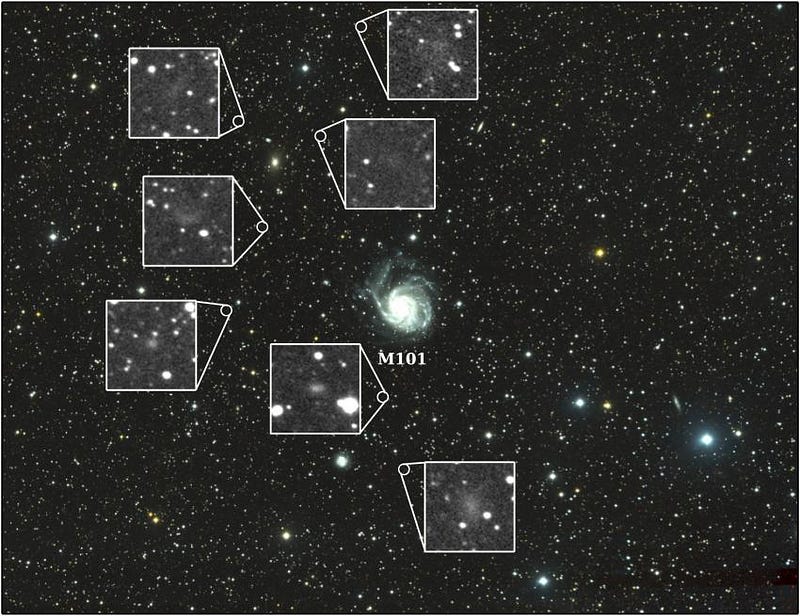
Now, here’s the big question: are these satellite galaxies of M101, or are they the long-sought-after, entirely new class of isolated, intergalactic dwarfs? They’re not quite as small as the Segue 1, 2 and 3 galaxies on the outskirts of the Milky Way, but they are on par with some very small galaxies that are found nearby, such as the tiny dwarf irregular galaxy, Sextans A.
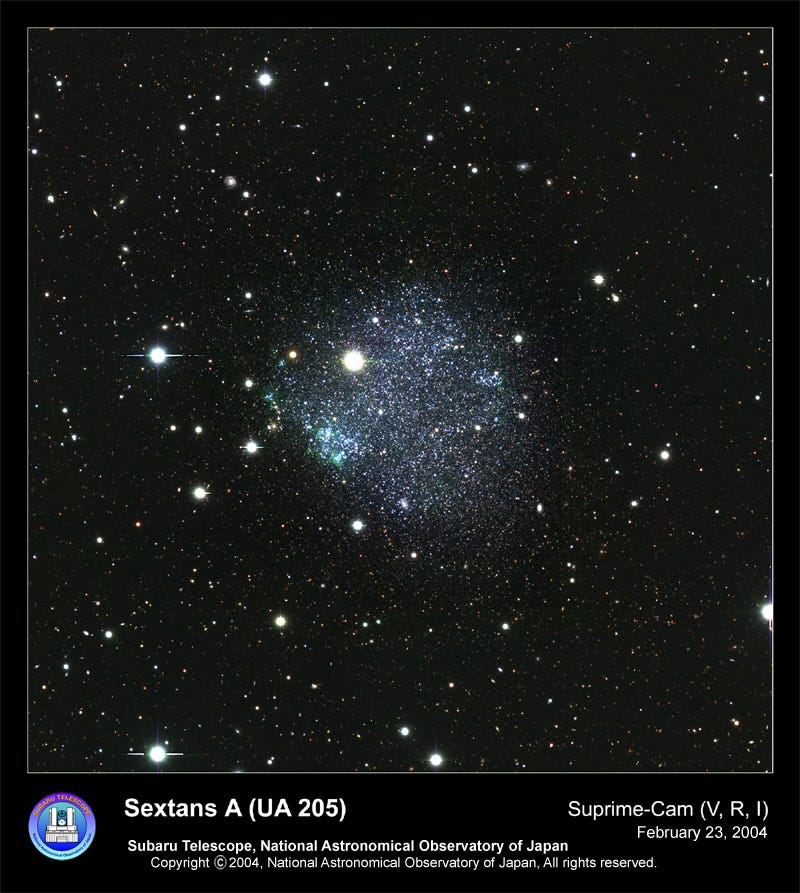
As Allison Merritt, lead author of the study says,
“There are predictions from galaxy formation theory about the need for a population of very diffuse, isolated galaxies in the Universe. It may be that these seven galaxies are the tip of the iceberg, and there are thousands of them in the sky that we haven’t detected yet.”
You can read the full results of their study here. We’re all awaiting the follow-up observations, but either way — whether these are low-surface-brightness dwarf satellites of a large galaxy or the first isolated dwarf galaxies — this will represent a huge leap forward in discovering the missing small-scale structures in the Universe. The results are suggestive enough that the team has been granted time using the Hubble Space Telescope to investigate further.
Although only time will tell, this could represent the biggest and most unexpected victory for dark matter of them all.
Leave your comments at the Starts With A Bang forum on Scienceblogs!





